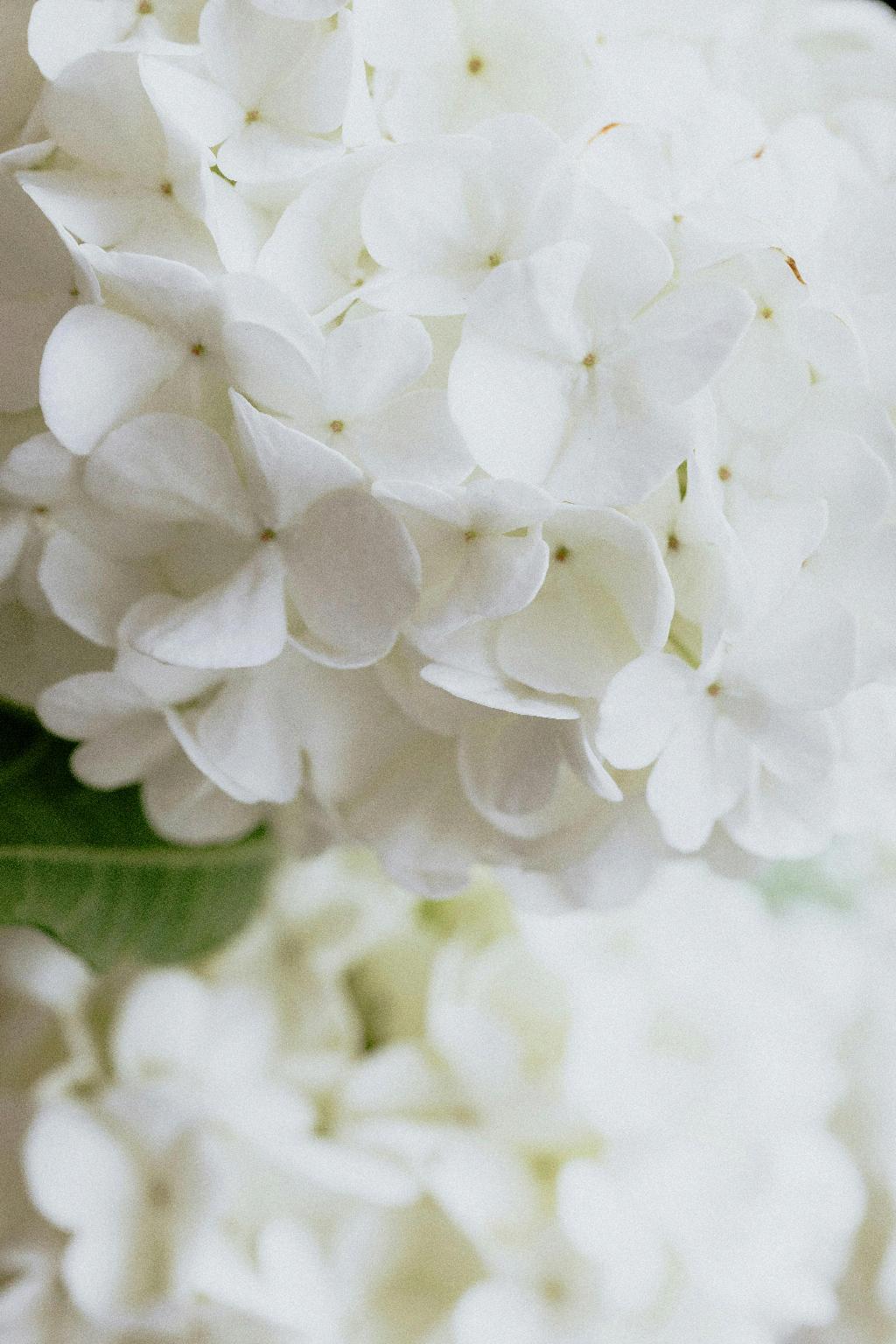Pruning your hydrangea tree is essential for maintaining its health and promoting optimal growth. By following a few simple tips, you can ensure that your plant thrives year after year. Here’s a comprehensive guide on how to prune your hydrangea tree effectively:
Understanding When to Prune
Before starting the pruning process, it’s essential to understand when to prune your hydrangea tree. Most hydrangea varieties bloom on old wood, which means they develop their flower buds during the previous growing season. To avoid cutting off potential blooms, aim to prune your hydrangea tree in late summer or early fall after the flowering season has ended.
Selective Thinning Out of Old Stems
One of the key techniques for pruning hydrangea trees is selectively thinning out old stems. When pruning, aim to remove no more than one quarter to one third of the older stems each year. By doing so, you can rejuvenate the plant and prevent overcrowding, allowing for better air circulation and light penetration.
Reducing Long Stems and Branches
In addition to thinning out old stems, you can also reduce long stems and branches to shape the plant effectively. By trimming back excessively long growth, you can help manage the overall size and shape of your hydrangea tree. Focus on cutting back any wayward or leggy branches to promote a more compact and balanced appearance.
Pruning Oakleaf Hydrangea
For oakleaf hydrangea (Hydrangea quercifolia) and other varieties that bloom on old wood, special care must be taken during the pruning process. Avoid cutting off too much old growth, as this can hinder the plant’s ability to produce blooms. Instead, focus on selectively removing dead or damaged branches while preserving the overall structure of the plant.
Removing Dead or Diseased Wood
As you prune your hydrangea tree, be sure to inspect for any dead, diseased, or damaged wood. Removing these unhealthy branches not only enhances the plant’s appearance but also prevents the spread of disease and promotes new growth. Use sharp, clean pruning shears to make clean cuts just above a set of healthy buds or leaves.
Proper Pruning Techniques
When pruning your hydrangea tree, it’s essential to use proper techniques to minimize stress on the plant. Make angled cuts just above a healthy bud or leaf node to encourage new growth. Avoid leaving stubs, as they can attract pests and diseases. Additionally, sanitize your pruning tools between cuts to prevent the spread of pathogens.
Monitoring Growth and Development
After pruning your hydrangea tree, monitor its growth and development closely. Pay attention to how the plant responds to pruning and adjust your pruning schedule as needed. Regular maintenance pruning can help keep your hydrangea tree healthy and flourishing for years to come.
Training Young Hydrangea Trees
For young hydrangea trees, training and shaping the plant during the early stages of growth is essential. Start by removing any weak or crossing branches to establish a strong framework. Encourage outward growth by pruning to a healthy outward-facing bud, which helps prevent overcrowding and promotes better flowering.
Pruning Mature Hydrangea Trees
When it comes to mature hydrangea trees, a more conservative approach to pruning is recommended. Focus on selective thinning and shaping rather than drastic pruning. Removing spent blooms and dead wood can help rejuvenate the plant while preserving its natural form and structure.
Consulting with Experts
If you’re unsure about how to prune your hydrangea tree or have specific concerns about its health, don’t hesitate to consult with gardening experts or arborists. They can provide tailored advice based on your plant’s specific needs and help guide you through the pruning process.
Final Thoughts
Pruning your hydrangea tree is a crucial task that can have a significant impact on the plant’s overall health and appearance. By following these tips and techniques, you can ensure that your hydrangea tree thrives and delights you with beautiful blooms season after season. Remember to approach pruning with care and attention to detail, and your plant will reward you with lush growth and vibrant flowers.

